Did Ancient Chinese Really Hide Things in Their Sleeves?

In the historical hanfu drama Mysterious Lotus Casebook, the character Li Lianhua has been nicknamed “Lian the Treasure Chest” by fans online. Why? Because just like Doraemon, he seems to have an endless supply of gadgets hidden in his sleeves — secret letters, tokens, rings, a kettle, a sword, and all sorts of trinkets magically appear when needed. He’s pulled out everything from prayer beads and scented sachets to daggers, masks, and silver needles… honestly, you’ll lose count — go ahead and try!
But it does make you wonder: could ancient people really stash that much stuff in their sleeves? Wouldn’t it be kind of cool to cosplay an ancient martial arts hero and dramatically pull out a whole collection of gear from your sleeves? Well, before you get too carried away — read this blog first.
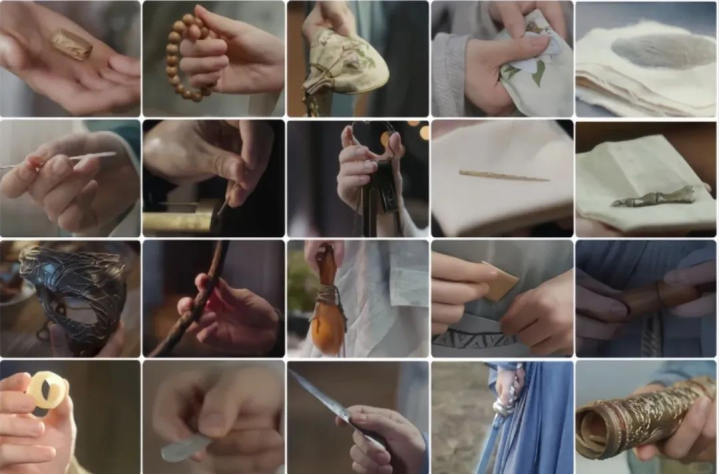
Ⅰ. Could Sleeves Really Hold That Much?
Surprisingly, yes — but not just any sleeve would do. The kind of sleeves used to stash items were usually cuffed or had a closed design. Those wide, flowing sleeves you often see in ceremonial robes? They’re mostly decorative and not meant for carrying things. Plus, in formal settings, attendants often followed behind, carrying bags for their masters — so stuffing things into sleeves wasn’t always necessary.
Aside from sleeves, ancient people also used handbags, pouches, or backpacks. So when you see characters in dramas casually pulling porcelain bottles or silver ingots from their robes or waistbands, you can’t help but wonder: wouldn’t that be super uncomfortable? And more importantly — wouldn’t everything just fall out?
Sleeves designed for carrying small items generally had one of two features. Some had naturally narrow cuffs — like “pipa sleeves” or “drooping mustache sleeves” — that created a pouch-like shape. Others were cleverly tailored: even wide sleeves could have a hidden seam inside to form a sort of internal pocket. This not only prevented things from slipping out but also made it easier to carry light essentials discreetly.
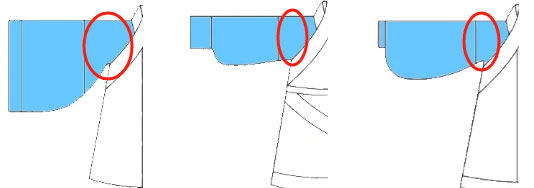
Ⅱ. Small Bags, Big Help
While sleeves were handy for carrying light items, anything too large or heavy would have been obvious — and probably quite awkward. That’s why ancient people often carried small pouches as well. These could be tied to the wrist and hidden inside the sleeve, or worn at the waist. Depending on their design and historical period, they were called hèbāo (荷包) or pánnáng (鞶囊).
1. Pánnáng (鞶囊)
The pánnáng (shown on the left) was a leather pouch used by ancient Chinese people to carry small daily items like handkerchiefs, seals, or coins — especially since traditional clothing didn’t have pockets. It was a practical accessory, and starting from the Northern Wei dynasty, the style and embroidery on a pánnáng could also indicate the wearer’s official rank.
2. Hèbāo (荷包)
From the Yuan dynasty onward, the term hèbāo gradually replaced pánnáng and referred to a more delicate, often embroidered pouch (like the one on the right). By the Qing dynasty, pánnáng had completely disappeared, and hèbāo had become the norm.

Qing-era hèbāo were known for their exquisite craftsmanship, especially those made with jinping embroidery (金平绣) — a highly skilled court technique that used gold thread like pen and silk like paper, creating miniature works of wearable art. They were essentially the ancient version of haute couture accessories.
Of course, this embroidery technique was also used in traditional Chinese clothing, but it was far too expensive for the average person — only a privileged few could afford to wear it.
3. Belts Could Hold More Than Just Pants
During the Tang dynasty, there was a popular style of belt called the diexie belt (蹀躞带). What made it special? It had a row of small hooks — perfect for hanging all sorts of everyday gear, like knives or water flasks. According to the Old Book of Tang, the typical diexie setup included seven essential items: a saber, a small knife, a whetstone, a fire striker kit, a needle case, a pouch for flint.
Picture a martial artist from the Tang era walking down the street with all these tools jingling at their side — it’s basically the ancient Chinese version of a Swiss Army knife. Stylish, functional, and undeniably cool.
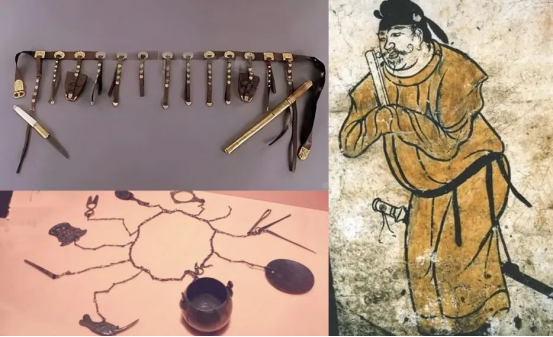
4. Delicate Accessories for Practical Person
Women also had their own version of multi-tool accessories, known broadly as “X shi” (X事), where “X” refers to the number of small functional items included. These sets were both decorative and practical — commonly featuring scissors, scented sachets, or embroidered pouches. Unlike the diexie belt, these accessories blended elegance with everyday utility and were worn by both men and women.
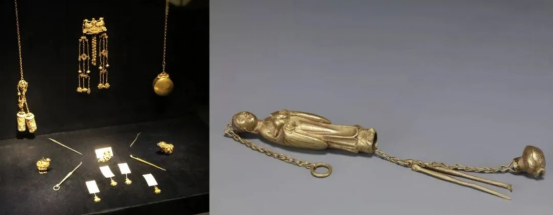
The most well-known was the “Seven Treasures” set, though simpler “Three Treasures” versions also existed, usually including an ear pick, tweezers, and a toothpick — all in miniature form.
These small tools were often hung discreetly from a collar clasp or waistband. From a distance, they looked like ordinary jewelry or charms, but a closer look would reveal tiny scissors, ear scoops, or other surprisingly useful metal tools. Some designs were so refined they doubled as fashion statements, making them both practical accessories and ornamental details.
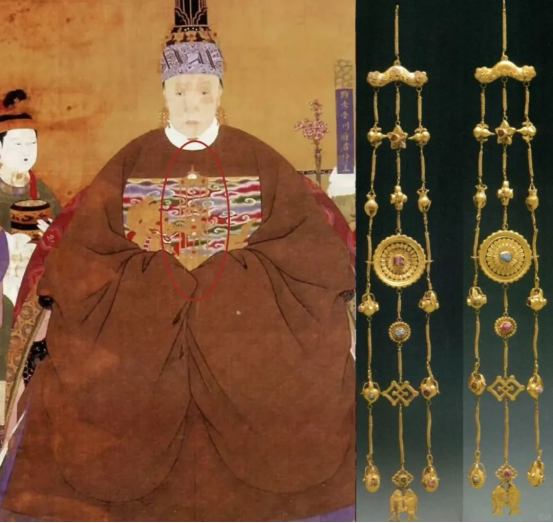

5. Bigger Bags for Bigger Needs
It wasn’t all tiny pouches and sleeve tricks — ancient people also carried shoulder bags, backpacks, and large travel bundles. Think of the classic image of Ning Caichen (from A Chinese Ghost Story), always seen with a huge hanfu pack slung over his shoulder. Inside? Bedding, personal belongings, and pretty much anything else he might need on the road.
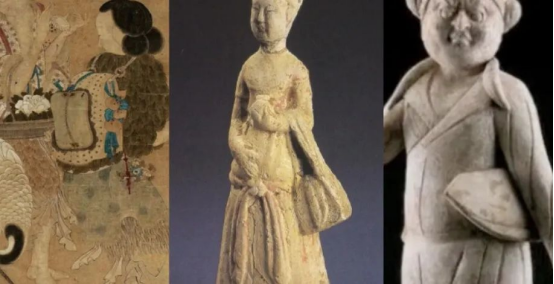
These travel sacks were essentially the ancient equivalent of modern-day hiking backpacks. In fact, they were so versatile that it wouldn’t be an exaggeration to call them a “mobile moving service.” Some were even rigged to hold umbrellas or hang a lantern for night travel — truly the all-in-one gear for life on the go.
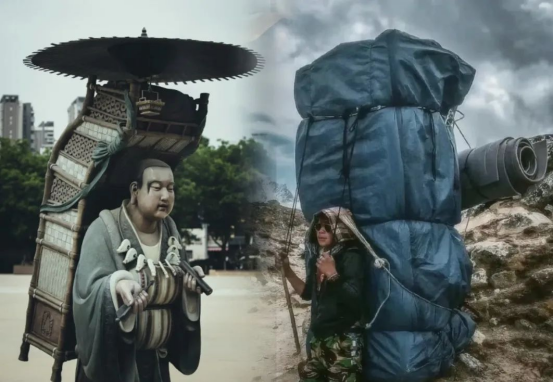
Summary
Don’t Believe Everything You See on Screen. At the end of the day, pulling endless props from one’s sleeves is mostly a cinematic “shortcut” — a clever trick used in historical dramas to save time, props, and camera cuts. One dramatic sleeve-reach can replace several minutes of rummaging through bags or opening boxes.
But let’s be real — don’t try this at home. Unless you want your phone or water bottle sliding awkwardly down your robe, it’s best to stick with modern bags. It’s a fun fantasy, but reality has gravity (literally)! 😄
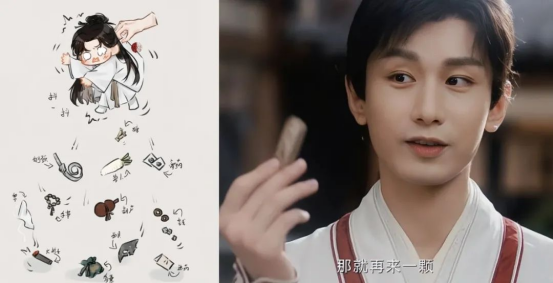
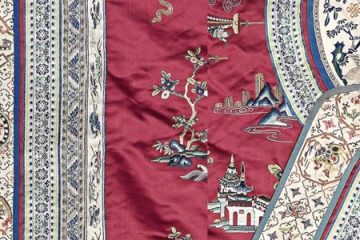
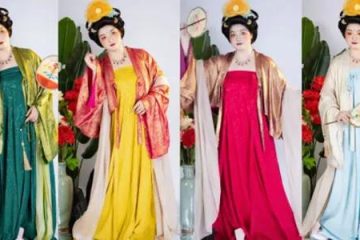

0 Comments